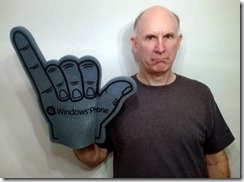I was at Ry’s desk this afternoon when he got an message from Barron. He looked up at me and said, “It’s time for us to leave now.” “The verdict is out?”, I asked. “Yup”, was his reply and he offered to give me a ride because my bus wasn’t running for another hour or two. The protest was planned to start in Westlake Park which is directly across the street from where we work.
As we drove past the end of Westlake Park Ry saw “a wall of police” at the park where the Ferguson protest was planned to start. Here is part of what was being planned by the “protestors” (via Gay_Cynic):
The group’s Facebook page, which has a picture of an AK47 and the statement “the workers must be armed and organized” as its background, indicates this protest could take on a more aggressive tone.
“‘Diversity of tactics’ and ‘be your own bodyguard,’ will be in FULL EFFECT,” the site reads. “Remember where you’re at, who is present, why they are present, and what time it is. This is NOT a game. This is NOT the usual ‘activism.'”
As we drove home across the lake he talked about how many rounds of .223 ammo he had and, “Should we stop by Wade’s to get more?” I declined. I think a 1000 rounds is more than adequate. If an individual has more hostiles than what they can take care of with 1000 rounds someone on the other side is going to get lucky no matter how disparate your skills and equipment. What’s the point of giving them more ammo after they overrun your position?



